Sea survival training and testing session with Ray Johnston, Operations Manager and his team, at the NMCI Pool training facility.An afternoon at the National Maritime College training facility, proved hugely valuable to the planning for the open water crossings. In the event of an engine failure over the sea, the paramotor would glide in a fully controlled manner for up to 15minutes, depending on the height, and would have a glide ratio of up to 5km in the direction of the rescue/ support boat, arranged for the crossings. In the NMCI facility, we tested on land and in the water, evacuation/ exit strategy from the equipment, and various configurations of equipment floatation, and personal floatation devices. On land the NMCI did a classroom session to look at the shock effect of landing in cold water and the potential risk of gasping for air, with inevitable potentially serious implications. Equipment for the flight and water crossings was reviewed in detail. As one option for exiting the equipment just before making contact was reviewed, a series of jumps off the higher platforms in the NMCI were tried, to perfect the protection of the airways and dropping from a height. The NMCI provide training for Seamen of all levels and also for commercial pilots, in both Helicopter and fixed wing test rigs. They have almost every type of life raft available, including aircraft types, for sea survival training. There are RIB and inflatable boats in the facility to practice recovery and rescue training. The NMAI and the IAA are now exploring the possibility of bringing specifically tailored GA pilot training to the facility for those wishing to avail of this crucial training. Recent incidents this summer have highlighted the need for some preventative survival training. The results of the session will be reviewed in the coming weeks and outcomes shared. Sacha Dench, UK paramotor pilot has also conducted tests in the RNLI similar training facility and we are planning to share notes and try to make the findings available to all. Huge thanks to Ray and the NMAI team for this opportunity. RTE footage to follow shortly!
The NMCI facility was able to recreate storm conditions with wind waves and rain, to allow trainees to see how different it all is in open choppy weather conditions at sea,
National Maritime College of Ireland: http://www.nmci.ie/ NMCI Services, National Maritime College of Ireland, Ringaskiddy, Co. Cork, Ireland Telephone: 021-4335609 Fax: 021-4335696 E-mail: [email protected]
1 Comment
|
AuthorOisin Creagh - Pilot Archives
October 2016
Categories |
| GORTA Africa Self Help |
News |
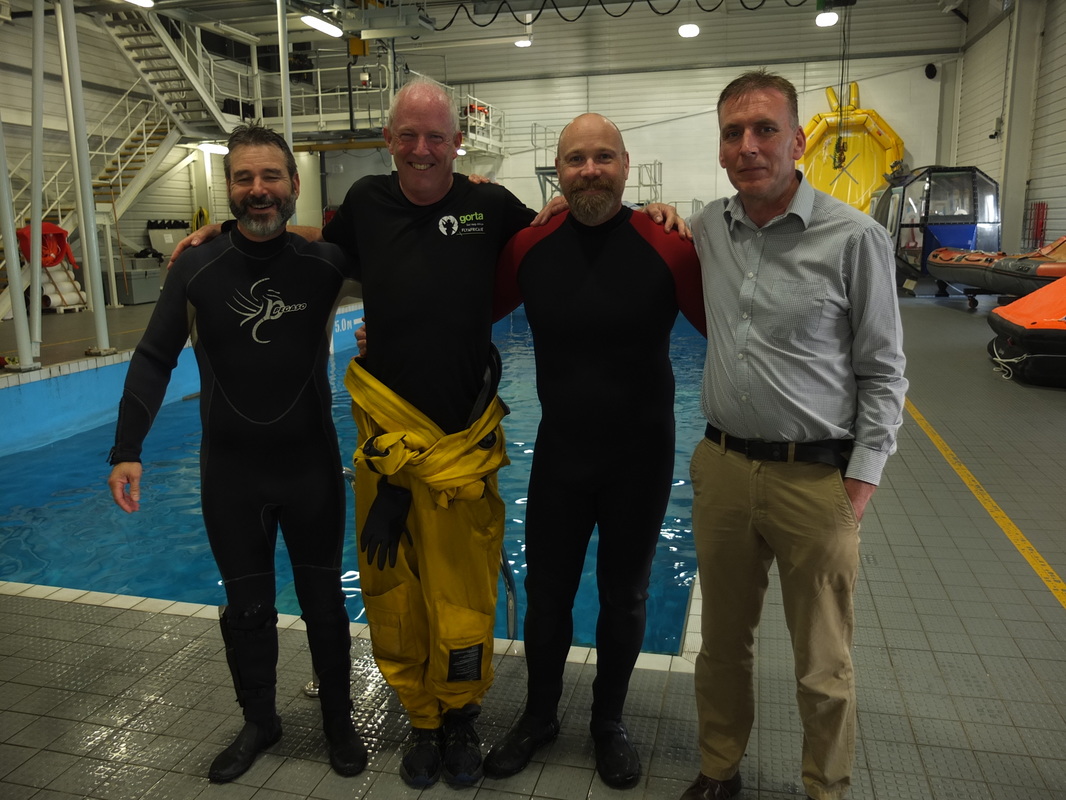
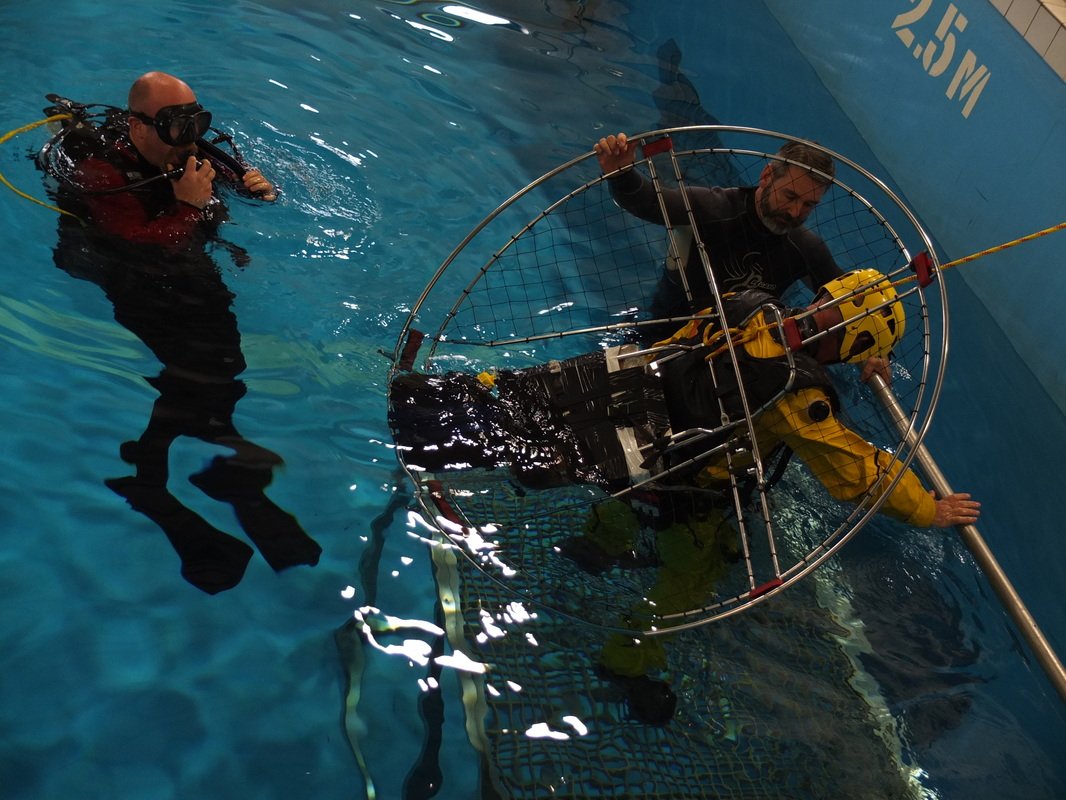
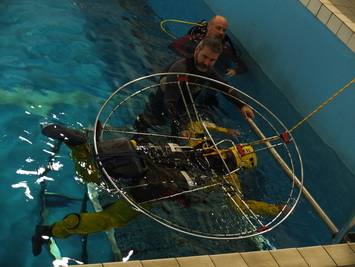
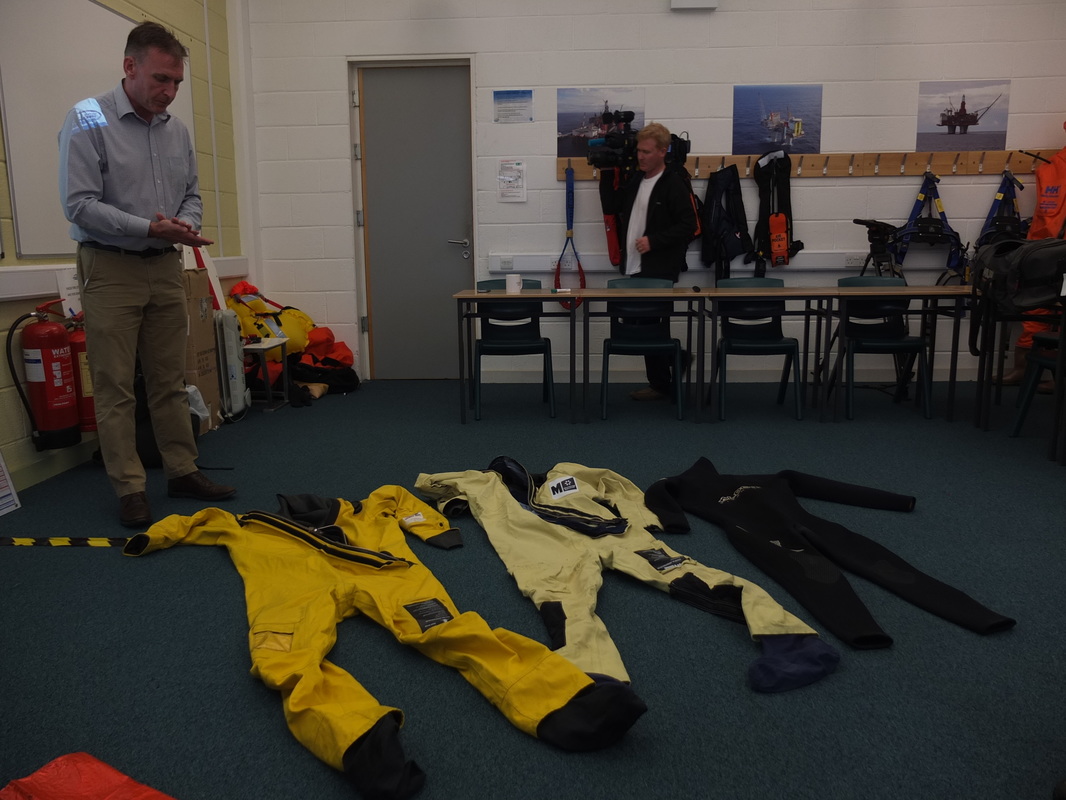

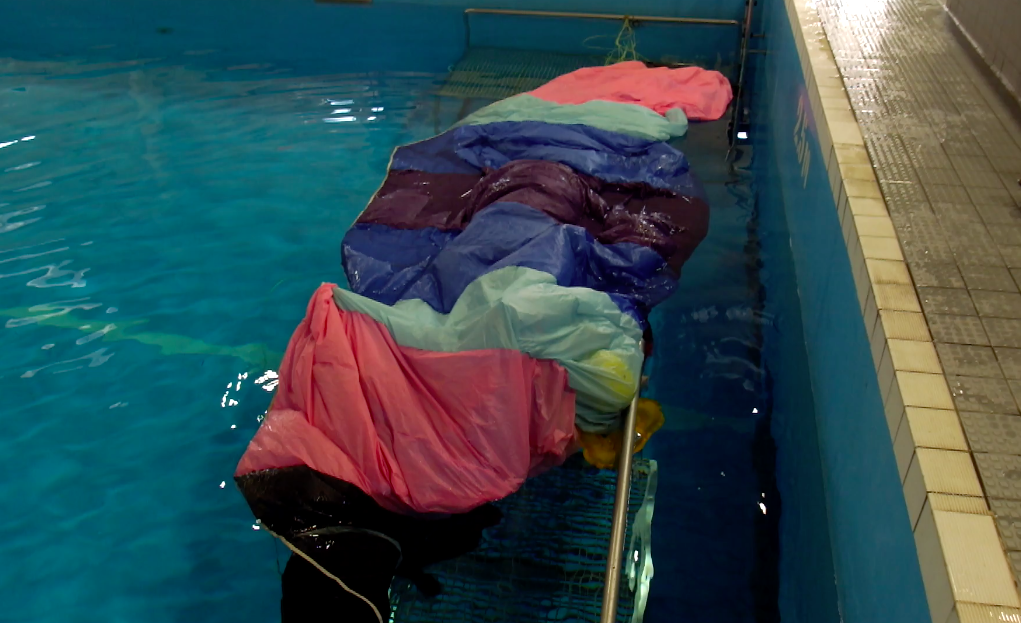
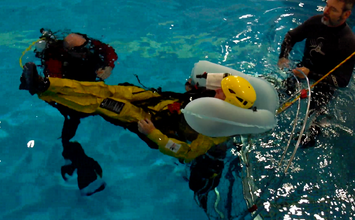
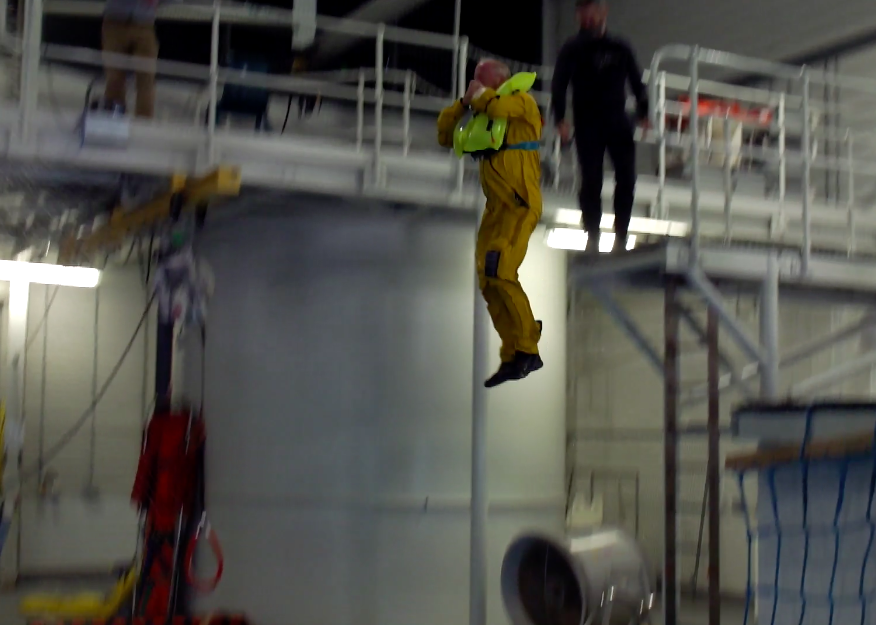
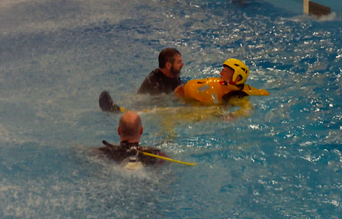
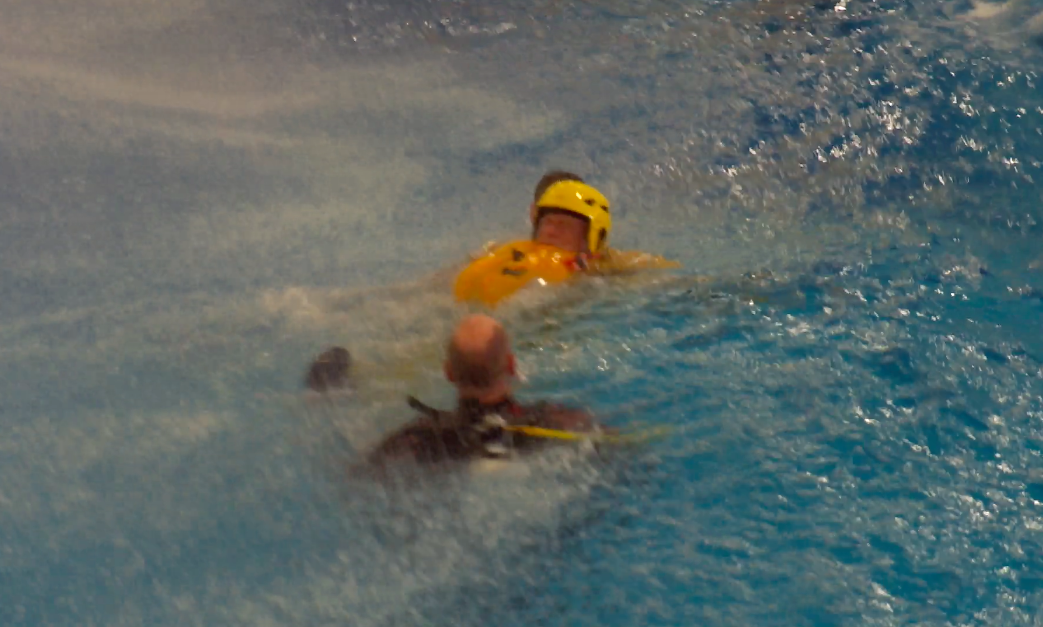
 RSS Feed
RSS Feed